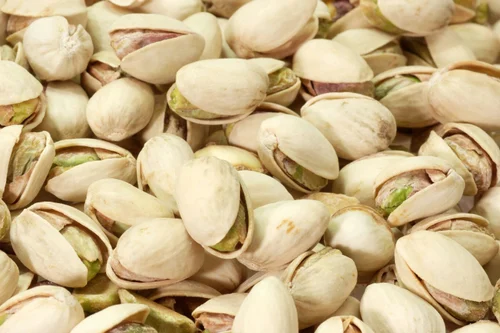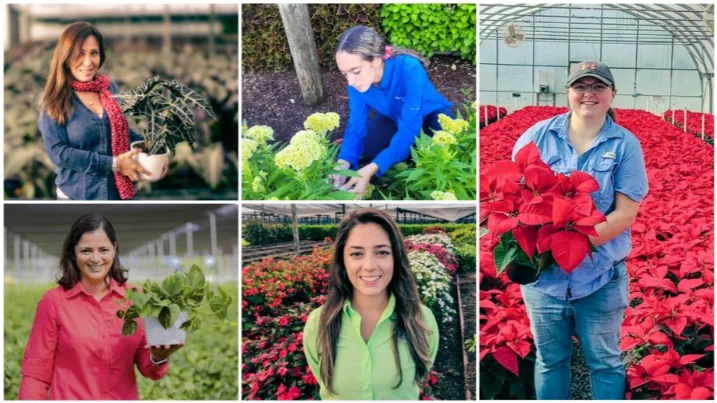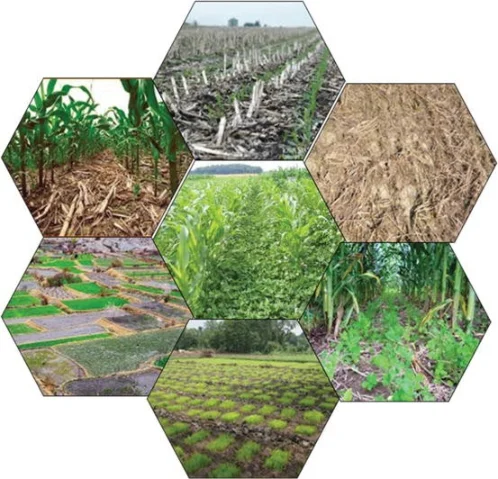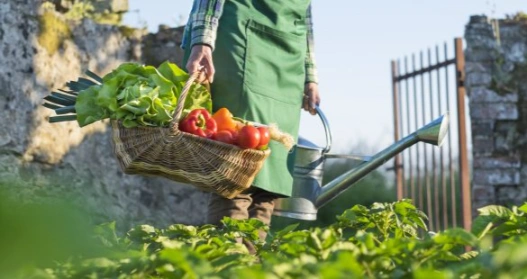How To Grow Pistachio From Seed, In this blog post, I will guide you step by step. I will also share some tips and tricks to help you succeed in this rewarding and fun project.
Pistachios are one of the most delicious and nutritious nuts you can eat. They are rich in protein, fiber, antioxidants, and healthy fats. They also have a unique flavor and texture that makes them a great snack or ingredient for various dishes.

What You Need To Grow Pistachio From Seed
Before you start, you will need the following items to grow pistachio from seed:
| Important Items | Description |
|---|---|
| Pistachio Nuts | You can use any variety of pistachio nuts, but make sure they are raw and unsalted, and can buy them from a grocery store, a farmer’s market, or online. You will need at least 10 nuts to increase your chances of germination. |
| Hammer or a Nutcracker | You will need this to crack open the shells of the pistachio nuts. Be careful not to damage the kernels inside. |
| Paper towel or a Coffee Filter | You will need this to wrap the pistachio kernels and keep them moist. |
| Plastic Bag or a Container | You will need this to store the wrapped pistachio kernels in the refrigerator for stratification. |
| A Pot or a Tray | You will need this to plant the pistachio kernels after stratification. Make sure it has drainage holes at the bottom. |
| Potting Soil | You will need this to fill the pot or the tray. Use a well draining and fertile soil mix that is suitable for growing nuts or fruits. |
| Sunny Spot | You will need this to place the pot or the tray after planting the pistachio kernels. Choose a location that receives at least 6 hours of direct sunlight per day. |
| Water | You will need this to water the pistachio seeds regularly and keep the soil moist but not soggy. |

How To Grow Pistachio From Seed Step By Step
Now that you have everything you need, you can start growing pistachio from seed by following these steps:
Step 1: Crack Open The Pistachio Shells
The first step is to crack open the pistachio shells and extract the kernels inside. You can use a hammer or a nutcracker for this task.
Be gentle and avoid crushing the kernels, also use a knife to pry open the shells, but be careful not to cut yourself.
Step 2: Wrap The Pistachio Kernels In A Paper Towel Or A Coffee Filter
The next step is to wrap the pistachio kernels in a paper towel or a coffee filter. This will help them retain moisture and prevent them from drying out, and also add a few drops of water to the paper towel or the coffee filter to make it damp but not wet.
Step 3: Store The Wrapped Pistachio Kernels In The Refrigerator For Stratification
The third step is to store the wrapped pistachio kernels in the refrigerator for stratification. This is a process that mimics the natural cold and dormant period that the seeds go through in winter. This will help them break their dormancy and prepare them for germination.
You can use a plastic bag or a container to store the wrapped pistachio kernels in the refrigerator. Make sure to label the bag or the container with the date and the name of the seeds.
You should store the wrapped pistachio kernels in the refrigerator for at least 8 weeks. You can check on them every week and make sure they are still moist and not moldy.
If they are dry, you can add some more water to the paper towel or the coffee filter. If they are moldy, you can discard them and start over with new seeds.
Step 4: Plant The Pistachio Kernels In A Pot Or A Tray
The fourth step is to plant the pistachio kernels in a pot or a tray. Do this after 8 weeks of stratification or when you see some sprouts emerging from the kernels.
You will need a pot or a tray that is at least 6 inches deep and has drainage holes at the bottom, and also need some potting soil that is well draining and fertile.
Fill the pot or the tray with the potting soil and make some small holes in it. You should plant the pistachio kernels about 2 inches deep and 4 inches apart.
Step 5: Place The Pot Or The Tray In A Sunny Spot
The fifth step is to place the pot or the tray in a sunny spot. You should choose a location that receives at least 6 hours of direct sunlight per day. You can also use a grow light or a window sill if you don’t have a suitable outdoor spot.
Water the pistachio seeds regularly and keep the soil moist but not soggy. You should also check for weeds and pests and remove them if you see any.
Fertilize the pistachio seeds once a month with a balanced fertilizer that is low in nitrogen and high in phosphorus and potassium.
How To Care For Pistachio Seedlings And Trees
Once you have grown your pistachio seedlings, you can transplant them into larger pots or into the ground. You should do this when they are about 6 to 12 inches tall and have at least 4 to 6 leaves.
Choose a spot that has well drained and sandy soil and receives full sun. You should also make sure that the spot has enough space for the pistachio trees to grow. Pistachio trees can grow up to 30 feet tall and 25 feet wide, so you should plant them at least 15 feet apart.
Dig a hole that is twice as wide and deep as the root ball of the pistachio seedling. You should place the seedling in the hole and fill it with some soil and compost. Water the seedling well and add some mulch around it to conserve moisture and prevent weeds.
You should continue to water the pistachio tree regularly and keep the soil moist but not wet. You should also fertilize the pistachio tree once a year in spring with a balanced fertilizer that is low in nitrogen and high in phosphorus and potassium.
Prune the pistachio tree in winter to remove any dead, diseased, or damaged branches. You should also shape the tree to encourage a strong and open structure. Avoid pruning the pistachio tree in summer or fall, as this can reduce the yield and quality of the nuts.
Protect the pistachio tree from frost, pests, and diseases, cover the tree with a frost cloth or a blanket if the temperature drops below freezing. And also spray the tree with a natural or organic pesticide or fungicide if you see any signs of infestation or infection.
You should harvest the pistachio nuts when they are ripe and ready. You can tell by the color and the sound of the nuts. The nuts should have a green or purple skin and a beige or brown shell. The nuts should also make a rattling sound when you shake the branch.
Pick the nuts by hand or use a pole or a rake to knock them off the tree, and collect the nuts in a basket or a bucket and remove any leaves or twigs. You should also remove the skin and the shell of the nuts and wash them with water.
Dry the nuts in a cool and dry place for a few days or weeks, and spread the nuts in a single layer on a tray or a screen and turn them occasionally.

Conclusion
Growing pistachios from seeds is a fulfilling and straightforward process that anyone can undertake. By following these simple steps, you’ll soon be on your way to cultivating your own pistachio tree and enjoying the fruits.
Read Also:
Industrialized Agriculture: Advantage, Disadvantages & Alternatives
What Is Sustainable Agriculture: Elements, Benefits & Challenges
Plantation Farming: Benefits And Challenges
Contour Plowing: How Does Work, Implements And Benefits
How To Grow Pomegranate From Cuttings: Major Steps, Tips & Tricks

Meet Our Expert Agricultural Administrator
Welcome to agrigreenhands.com, your dedicated hub for all things related to agricultural farming. Leading the way in our commitment to sustainable and innovative practices is Jawad Hussain, our esteemed administrator with a profound background in agriculture….


